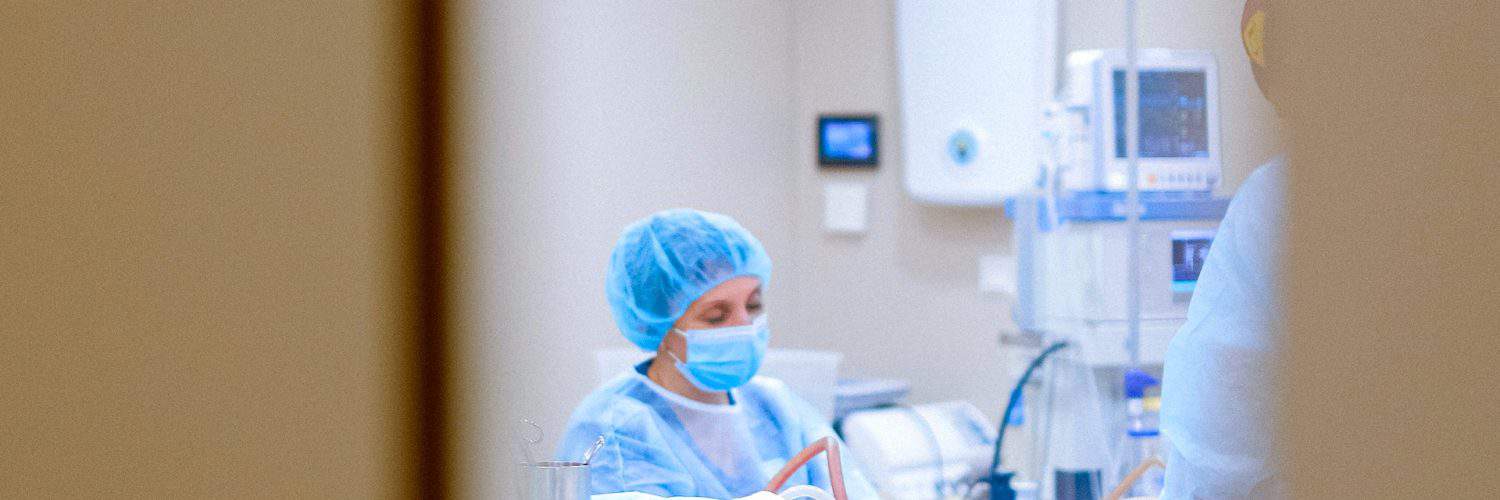Healthcare System in the Philippines
Navigating the healthcare system in the Philippines can seem daunting, but with a proper understanding of its structure, challenges, and opportunities, individuals can make informed decisions. As the country continues to develop and integrate innovations, the hope is for a more inclusive, efficient, and patient-centered healthcare system.
The Philippines is a diverse country with rich cultural traditions and a rapidly developing economy. Like other sectors, its healthcare system has seen significant growth, challenges, and opportunities for improvement. For both locals and foreigners, understanding how to navigate this healthcare system can be crucial for ensuring access to necessary medical services.
Historical Overview
The Beginnings: The healthcare system in the Philippines traces its roots back to the pre-colonial period when traditional healers, known as ‘babaylan’, played significant roles in providing medical care. Using herbs, rituals, and ancestral knowledge, these healers were often the primary source of treatment in their communities.
Spanish and American Colonization: The Spanish colonization introduced Western medicine to the Philippines. Hospitals were established, particularly in urban areas, which became the precursor to the current public health system. The American occupation further improved the system, introducing medical education and advanced health infrastructure.
Current Healthcare Structure
Public Healthcare: The Philippines has a mixed public-private healthcare system. The Department of Health (DOH) is the principal agency responsible for ensuring access to basic public health services. Public hospitals and rural health units are funded by the government and offer services at a lower cost. They are often the first point of contact for those who cannot afford private healthcare.
Private Healthcare: On the other hand, private hospitals and clinics, prevalent especially in urban areas, offer services at a higher cost. They are often preferred by those who can afford them for their advanced facilities and shorter waiting times.
PhilHealth: The National Health Insurance
Introduction to PhilHealth: In 1995, the Philippines launched the Philippine Health Insurance Corporation, or PhilHealth, aiming to provide health insurance for all Filipinos. Membership is mandatory, and both employed and unemployed individuals can register.
Coverage and Benefits: PhilHealth provides a range of benefits, including inpatient care, outpatient services, and emergency care. The extent of coverage varies depending on the type of membership and contributions made. For instance, sponsored members — typically indigent citizens — receive full coverage, while employed members share costs with their employers.
Challenges in the Healthcare System
Geographical Disparities: Given its archipelagic nature, the Philippines faces significant challenges in ensuring equal healthcare access across its islands. While urban areas like Manila have multiple high-end hospitals, many remote areas rely solely on basic rural health units.
Financial Constraints: Despite efforts like PhilHealth, out-of-pocket expenses remain high. This is a hurdle for many Filipinos, with medical bills sometimes leading to significant debt.
Opportunities for Improvement
Integration of Traditional Medicine: Recognizing the rich history of traditional medicine, there’s a push to integrate these practices into the mainstream. This not only acknowledges cultural significance but also offers diverse treatment options for patients.
Telemedicine: With technological advancements, telemedicine can bridge the geographical gap, allowing patients in remote areas to consult with specialists without traveling long distances.
Navigating Medical Emergencies
Emergency Numbers: In case of medical emergencies, dialing 911 connects callers to emergency services. While this service is improving, it’s essential to be aware of the nearest healthcare facility, as response times can vary.
Being Prepared: Having a list of essential medications, allergies, and personal medical history can expedite treatment during emergencies. It’s also wise to be aware of one’s PhilHealth status and carry relevant documentation.
Understanding Patient Rights
Consent and Confidentiality: Every patient in the Philippines has the right to informed consent. This means that medical professionals must explain procedures and get explicit permission before treatment. Additionally, patients have a right to confidentiality regarding their medical records and conditions.
Right to Respectful Treatment: All patients deserve respectful treatment, free from any form of discrimination. This includes respect for cultural, religious, and personal beliefs and practices.
While the above article provides a broad overview of the Philippine healthcare system, it’s crucial to keep in mind that the dynamics of healthcare are continuously evolving, and individual experiences may vary. It’s always recommended to seek local guidance, especially when making essential health decisions.
















Add comment